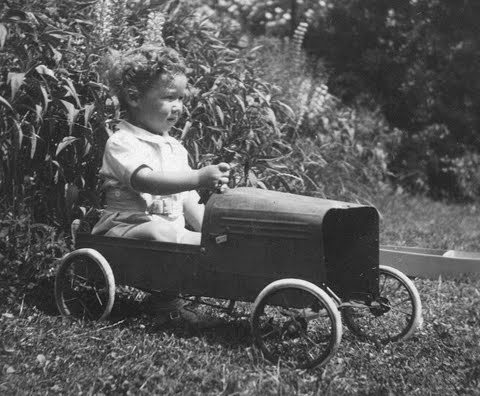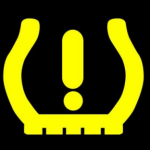Learning to drive is a teenager’s ticket to freedom, and for many teens their first car will bring them memories that they’ll cherish for the rest of their lives…even if their first car is a ratty old Dodge Omni. Cars are an expensive responsibility, however, so if you’re in a position to buy one for your child, it’s a good idea to consider the following issues.

Power
You and your child might disagree about the engine size necessary for a first car. Particularly if you have a son, the emphasis may be on horsepower rather than miles per gallon. When choosing a car for your child, it’s important to match its performance with the driver’s skill and experience, which is to say that it’s a bad idea to buy your teen a vehicle with a big, powerful engine. Not only will a big motor dramatically raise your insurance rates, but it can also tempt your young driver into pushing their limits in an irresponsible manner.
Price
This depends entirely on your budget. It’s possible to pick up a perfectly serviceable car for less than $1500 – an older Ford Focus, Dodge Neon, or even very high mileage Honda or Toyota. For as little as $13,000 you can buy a brand new Nissan Versa, and a very well equipped Scion xD is $17,000. Both new and used cars have their benefits (which we’ll explore briefly below), but if you choose to buy fresh from the showroom, you’ll be paying significantly more than if you buy used.
New or used?
Most first cars will probably be second hand. It’s not just a question of price – saving brand new cars for people who have proved that they’re responsible, careful drivers is sound logic.
On the other hand, a new car is less likely to have serious mechanical problems and will be covered by all sorts of warranties. Generally speaking, new cars are safer than old ones, as the technology improves so rapidly. And although a used car might be cheaper, the real cost of motoring comes with car insurance, fuel and maintenance.
Reliability
While most cars are reliable, the internet provides a plethora of websites offering advice on commentary on vehicle problems. Some good sites to check:
- ConsumerReports.org
- CarComplaints.com
- JD Power Dependability Survey Results
Regardless of what the Internet “says” about the reliability of the car you’re considering, there’s no substitute for a professional vehicle inspection. In most cities, you can have a vehicle inspected for $75 to $150, depending on the degree of detail the inspector goes to.
Even if all you do is have the car inspected at the local muffler shop, be sure to have someone with experience look over your car before you buy it.
Cost of running
In addition to the cost of insurance, fuel and maintenance expenses will be a big drain on your resources. The reality of motoring is that there will always be unexpected costs – a new windshield wiper here, a bald tire there – and it all adds up. By buying a car that doesn’t have any major problems on the horizon, you could save yourself thousands.
As for fuel, there are some tricks you can use to reduce your expenses. Check out this post for some tips on saving gas.
Safety
This won’t be on the top of any teenager’s list, but it should be on yours. Safety features such as airbags can save lives in the event of a crash, while technologies such as ABS and traction control can help prevent accidents in the first place.
No amount of technology will ever fully mitigate the dangers inherent in bad driving. Ensure your teenager knows the risk they pose to themselves, their passengers, and other drivers, as this will encourage them to drive responsibly.
Consider investing in driver’s education classes above and beyond the minimum requirements. Not only can these additional classes lower your insurance premiums, but they can also give your young driver additional experience and training that can make them safer.
Insurance
Every car has different insurance costs associated with it. As a general rule, family cars (like the Toyota Camry or Ford Fusion) are less expensive to insure than very big vehicles (like the Chevy Suburban) and very small vehicles (like the Honda Fit). However, the only way to find out how much it costs to insure a specifc vehicle is to ask your insurance provider for a quote.
Additionally, some insurance companies offer discounts to drivers who are willing to have a “black box” installed on their cars. These boxes monitor driving behavior and assess premiums based on the number of hard stops, quick accelerations, late-night drives, etc. While these boxes don’t specifically monitor where your teen drives, that technology is available.
What to remember
A car is expensive from the moment you buy it. Giving one to an inexperienced driver is fraught with risk, but some of these risks can be mitigated with education, technology, and technology. By researching your purchase and preparing your teenager for the open road, you can ensure that your investment in their freedom pays off.
Guest author Alex is a freelance writer and motoring enthusiast based in Oxford, writing on behalf of MORE THAN motor insurance.





